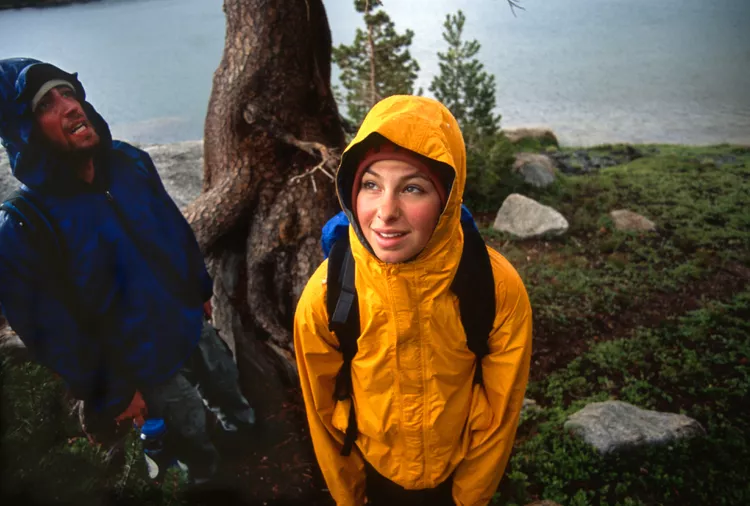Summary
No matter the forecast, wet weather often has a habit of showing up when it’s least expected (and least welcome). For travelers, that usually means the heavens will open while you’re dragging your suitcase around looking for that elusive hotel, or when out exploring a new city without a taxi in sight.
There’s not much you can do about the rain; however, there are several ways to prevent it from soaking your luggage and damaging everything inside when you’re on the move. These are five of the best.
Choose Weatherproof Luggage
When buying new luggage, looks and brand names matter far less than one practical consideration: Will it protect what’s inside? On that basis, be sure to choose suitcases and backpacks that have a good degree of weather resistance, especially if you’re going somewhere where you know rain is likely.
You don’t need something that can emerge unscathed from being dropped into the ocean (although that does exist), but your luggage should be able to deal with sudden showers, wet floors, and leaky roofs.
For backpacks, this means thick, water-resistant fabric, and a waterproof base. Suitcases should either be hard-shelled or made entirely from a weatherproof material.
In either case, check the zippers and seams carefully, as they’re the most likely place for rain to enter, and many manufacturers don’t bother to waterproof them properly or at all.
Carry a Dry Sack
A small dry sack is a surprisingly useful travel accessory and one that’s worth keeping in a handbag or daypack when you’re on the move. When the rain starts (or you’re out on the water), just drop your electronics, passport, and other valuables in it, roll the top over a few times, and clip it shut.
As long as you seal it properly, everything inside will stay nice and dry, no matter how wet the outside of the bag gets. In general, pick one with a capacity around 5-10 liters, since a bag that size provides plenty of room when you need it and takes up little space in your luggage when you don’t. If you’re carrying tablet computers, laptops, or large cameras, perhaps consider something a little larger.
Use a Rain Cover…
Even a good weather-resistant backpack won’t keep the elements out forever, and that’s where rain covers come in. Little more than an elasticated plastic hood that wraps around everything except the harness, they are built into some models of daypacks and backpacks.
If yours doesn’t come with one and you know you’re likely to be spending time in rainy conditions, buying one is a cheap and useful investment.
There isn’t much to distinguish between different models, but it’s important to get one that’s the right size for your backpack. Too large compromises effectiveness, allowing water to leak in around the edges, while too small may not fit, particularly in a hurry. Once you reach your destination, be sure to leave it out to dry to prevent mold and mildew from forming.
If the company that makes your backpack offers an optional rain cover, it’s worth paying a little extra to get it. It’s typically a little higher quality than a no-name version, and at a minimum, you know it’ll fit properly!
…or a Garbage Bag
If you’re using a suitcase or just didn’t get a chance to pick up a rain cover for your backpack, there’s a cheap alternative when heading out in the pouring rain. Buy a large garbage bag with drawstring ties from the nearest convenience store, then put all of your gear inside it before tying the top and stowing it in your luggage.
Although it’s a hassle and not completely waterproof, it will keep everything a lot drier during prolonged exposure to rain. Some people use them alongside a rain cover or poncho to enhance protection. Be sure to buy the heaviest-grade garbage bag available, as thickness significantly influences performance in severe weather.
Pack a Large Poncho
When all else fails, consider keeping a disposable poncho in your bag. They’re thin and lightweight while in their packaging, and should be large enough to cover both you and your handbag or daypack if you get caught in the rain.
The largest sizes will even cover most or all of a full-size backpack. However, they won’t offer any protection for a suitcase, so you’ll need to implement a different strategy if you travel with one.





